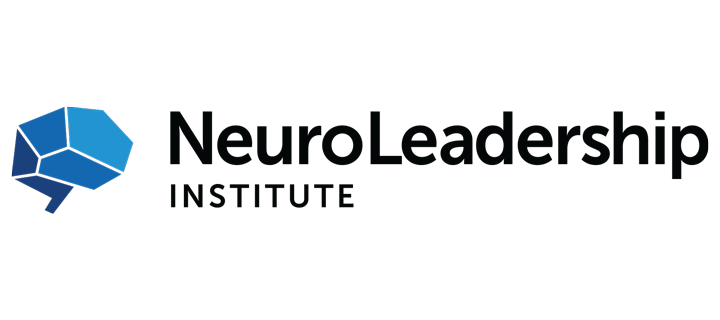ATD Blog
How to Teach Everyone, Quickly, No Matter Where They Work
Wed Jul 24 2019

Technology buffs and old-school management gurus go back and forth on the role machines should play in our new world of distributed, digitized work—especially when it comes to employee training.
The techies may proclaim that new platforms bridge geographical divides and facilitate collaboration. The traditionalists, meanwhile, tend to want to preserve the fundamental of bringing people together in the same physical space to generate in-person connections.
At the NeuroLeadership Institute we’ve combed through a great deal of research and found that both sides seem to be right. To craft the ideal employee training programs, organizations want to reap the benefits of distributed learning and social learning. They want the high-tech blended with the highly emotional, so they can leave the maximum impact across the greatest number of people.
NLI helps some of the world’s largest organizations roll out training programs in months rather than years because we marry the science of learning with the modern preference for convenience. The truth is, firms don’t have the travel budgets to fly hundreds or thousands of people into HQ and deliver a program all at once. They need to deliver content where people already are.
Crucially, however, they also need to deliver that content in a way that maximizes the brain’s ability to form new memories so that learners can go on to form new habits. Rolled out to everyone in the company, that’s how organizations change a culture.
The first step, based on our research, is designing learning programs that facilitate what we call insight—those eureka moments when suddenly you see a problem in a new way. Moments of insight have been found in experimental studies to help the brain create and store new memories, specifically in ways that moments of no insight do not.
To create moments of insight, the basic formula we use is storytelling plus evidence followed by digestion. Humans have a remarkable knack for telling and thinking in stories. Appealing to this deep-rooted desire can help learners see familiar challenges from a fresh angle, perhaps through another person’s set of experiences. What’s more, folding data and storytelling into one package helps give the data a pulse. Hardly anyone will remember a big basket of statistics, but nobody forgets a great story.
From there, we encourage clients to make their learning social. According to the AGES model of learning, the four components needed to make learning stick are attention, generation, emotion, and spacing. In other words, people need to focus on a topic, actively generate new insights around it, feel something emotionally while doing it, and allow for some digestion before their next lesson. Social learning taps into the emotion piece, which, in a staid learning environment, often feels the hardest to pull off but allows the brain to best integrate new knowledge.
Be careful, though. Only positive emotions such as fun, excitement, and laughter create conditions for effective learning. Negative emotions may cause the brain’s executive functions to shut down and activate our fight-or-flight response.
Our final step is instilling one habit at a time, over time. Due to the brain’s natural limitations, humans can’t digest too much information at once. We encourage clients to take things slowly. We ask them to work on one thing, and after they’ve gotten the hang of it, move on to the next habit. Trying to simultaneously tackle more than one may create a big, frustrating mess, sapping their motivation to continue.
Taken together, these three strategies can create enormous value for our clients because they don’t require participants to change how they work. Simply through a handful of short videos, optimized for brain-friendliness depending on the given topic, teams of tens or hundreds of thousands can scale their learning efforts in a fraction of the time compared to in-person events.
In that way, technology and social learning don’t have to be either-or debates. Both can succeed as long as organizations yoke them together in the right way—and that means deploying them with the brain in mind.
You've Reached ATD Member-only Content
Become an ATD member to continue
Already a member?Sign In

